*This article contains heavy spoilers for both the movie and the manga Look Back and discusses sensitive topics such as murder. Please proceed with caution.
To those who ever felt a sting of rivalry or grief from loss, Look Back reminds many of the beauty found in shared memories. The original comic, written by Tatsuki Fujimoto, made its debut on July 19, and an anime movie adoption of the novel aired on Sept. 20.

Fifth-grader cartoon artist Fujino lives the life of a celebrity at school – frequent requests for signatures, weekly compliments, all thanks to classmates who feed her fame. One day, Fujino’s teacher asks her to share her place with Kyomoto, a truant recluse with a precocious talent for art. However, her unexpected rival’s work sparks a competitive fervor in Fujino.
Despite her dedication and effort, Fujino’s art never surpasses the quality of Kyōmoto’s. When her classmates’ reactions reveal that her artwork falls short of her rival’s, Fujino decides to abandon art entirely. I felt a deep connection to this scene: due to the subjective nature of art, I find it impossible not to feel defeated while I appreciate others’ work, especially to a person whose talent seems insurmountable.
However, with the request of her teacher, Fujino makes a visit to Kyōmoto’s house. There, Fujino picks up a comic template from the ground and fills it in. It then slips through the undercut of the door of the room where Kyōmoto disconnects herself from the world.
Once Kyōmoto sees the page, she impulsively leaves her room out of respect for her fellow artist. She asks Fujino for her signature on the back of her jacket, which reminds Fujino of the time when her classmates used to do so, and ultimately, reignites her passion for art.
In my view, this scene holds the most significance in the entire film as it leads the two to change each other’s lives in their own ways: Fujino, the first person Kyōmoto talks to after years of isolation, inspires her return to society. In turn, Kyōmoto’s admiration for the comic motivates Fujino to return to the field of art.
Years later, through collaboration with each other, both succeed as manga authors and get their artwork published in a popular magazine. Despite Fujino’s dreams to continue their work as a group, Kyōmoto confesses that she cannot work with Fujino anymore because of her plans to attend college. Fujino’s arguments to stop her prove futile, and Kyōmoto decides to enroll in the end.
This scene highlights Kyōmoto’s exceptional character development. Unlike her extreme social awkwardness exhibited in the beginning, the end of Kyōmoto’s dependence on Fujino demonstrates her growth and self-reliance through her choice to venture into society alone.
I somewhat expected Fujino’s realistic reaction to Kyomoto’s decision. Fujino only stopped Kyōmoto because of her attachment to her friend, although she knew that it would benefit Kyōmoto the most if she attended. Fujino’s sole reliance on emotions rather than logic added another layer of depth to the character.
Sometime later, Fujino receives news that a murderer broke into Kyōmoto’s college. In disbelief, Fujino dials her number multiple times, but her calls are left unanswered. With dismay, Fujino makes a visit to Kyōmoto’s house.
In subsequent scenes, Fujino’s presence completely vanishes from the movie. Instead of the portrayal of her distress, the director chose to highlight the sorrowful ambiance with background art. I believe the director made this choice to commemorate Kyōmoto and highlight her contributions to Fujino’s strip. The clever artistic choice serves as a painful reminder of Kyōmoto’s death to the audience.

When Fujino reappears on screen, the audience encounters an explicit portrayal of her unstable mental state, as she blames herself for her friend’s death. Although I noticed the flaws in her logic, it seemed clear that Fujino, shocked due to the loss, wouldn’t recognize them. In fact, the transparent irrationality of her thoughts amplified my sympathy for her.
With another transition that utilizes a past scene of the undercut of the door, the film switches to an alternative plot where fifth-grader Kyōmoto stays in her room instead. Because I read the novel in advance, I knew what this scene symbolized. However, it was no surprise when this prompted confusion in some of the audience, as it went against everything that happened in the past hour.
Shortly thereafter, the setting switches back to Fujino to reinforce the idea that the “plot twist” represents nothing but a product of her delusion. The dramatic contrast between Fujino’s delusions and the “real world” astounded me: the colors, the music, and everything else on screen represented the harsh reality of Fujino’s life in comparison to her wistful imagination.
When Fujino enters the room and looks back at the door, she sees the jacket she signed when she first met Kyōmoto. This scene embodies the title of the anime, “Look Back”, as Fujino always had Kyōmoto “behind her back” as her manga assistant, and so did Kyōmoto have Fujino “behind her back”– both literally and figuratively.
Fujino’s first name surfaces at this point from the signature: 歩 (read as Ayumu). The kanji character means “to walk,” which signifies Fujino’s “steps” after accepting Kyōmoto’s passing. In the verbal imagery, Kyōmoto’s death is placed “behind” Fujino on her path of recovery from the death. The imagery refers to the title again, as the movie itself advises Fujino to “look back” in reminiscence.

Overall, the title provides an apt metaphor, and the imagery struck me as ingenious- especially in collaboration with the overall plot. However, I agree with some reviews that suggest how the film may seem convoluted to those without knowledge about the manga. Because of that factor, I rate the film 4.9 out of 5.
Look Back was one of the most exceptionally animated films among those I have seen. It is a must-watch for everyone, especially for young artists; it will surely spill tears from their eyes.

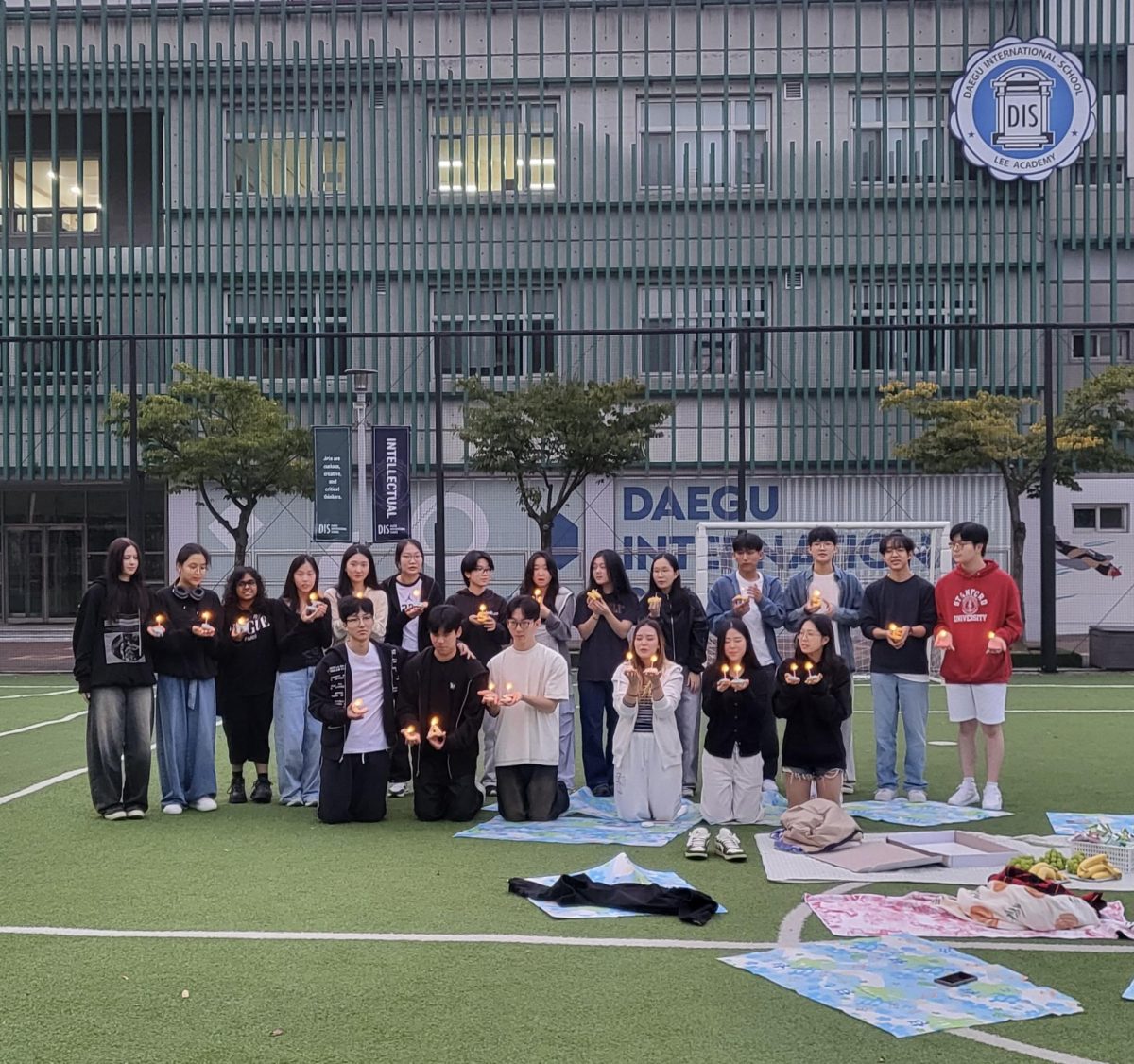

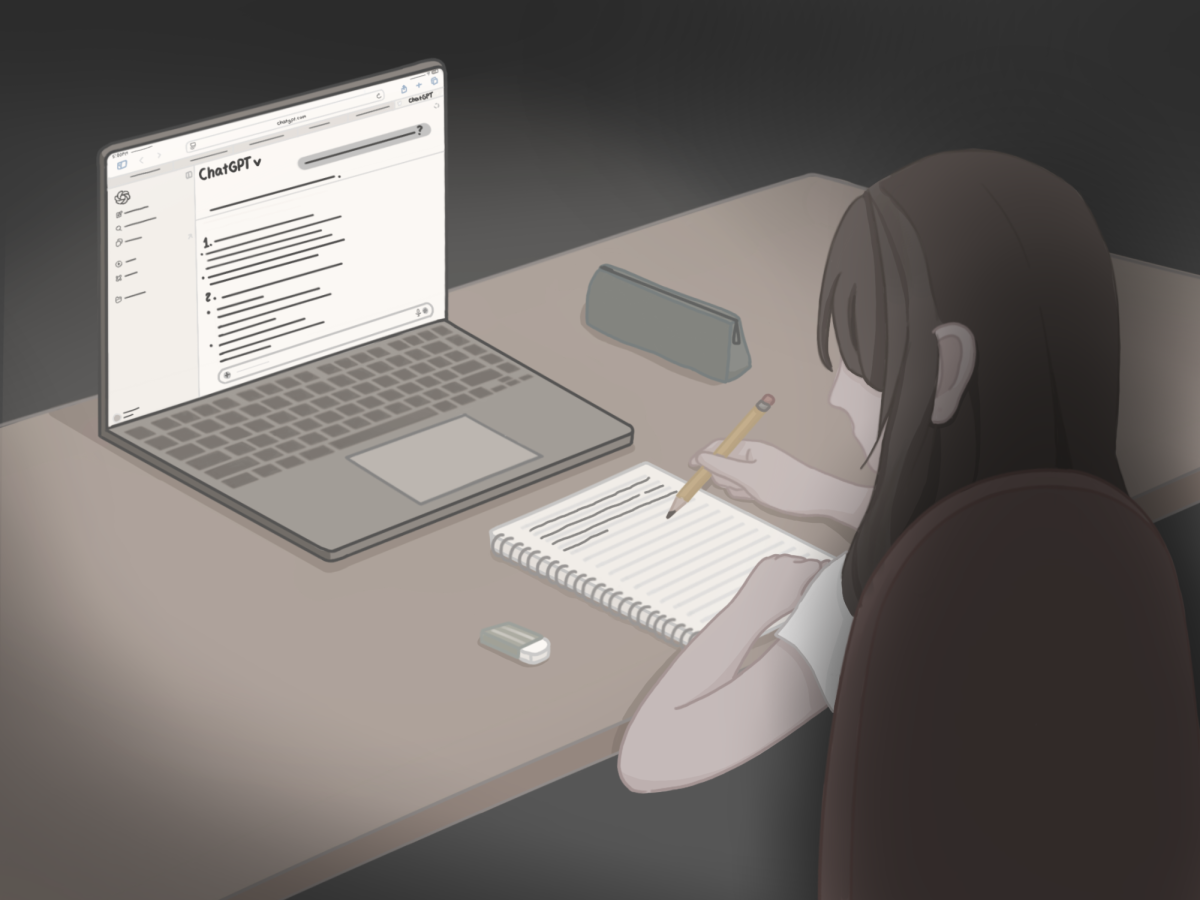
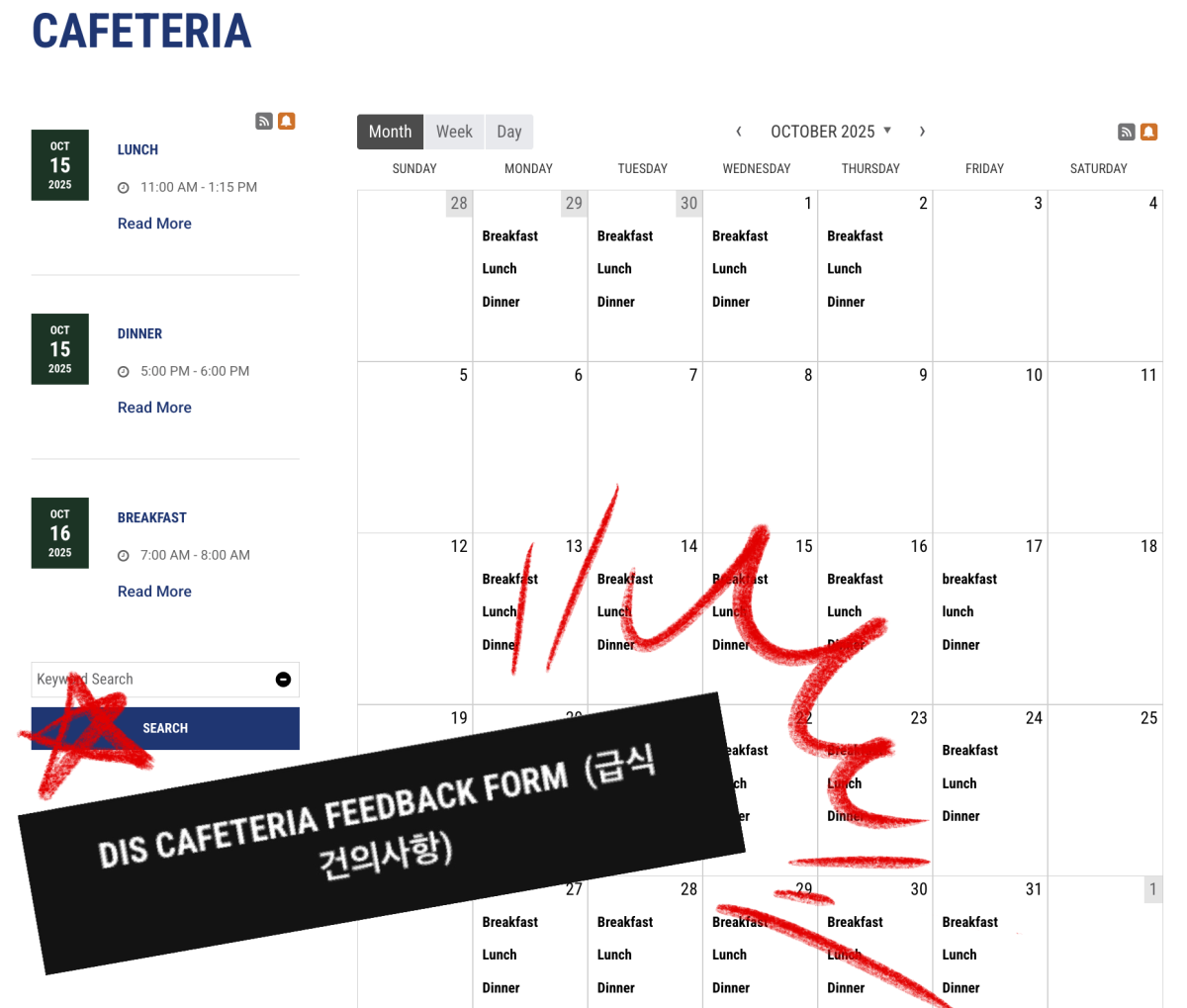
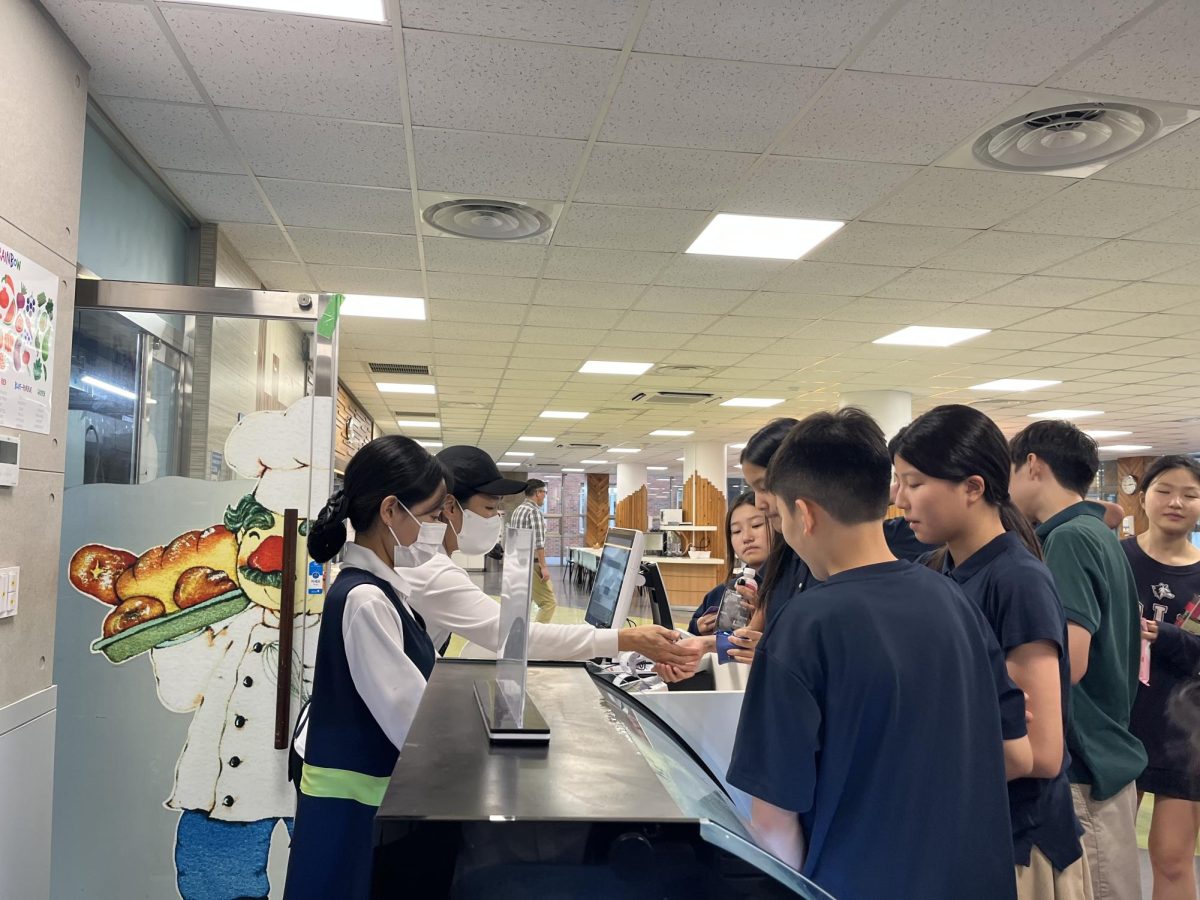

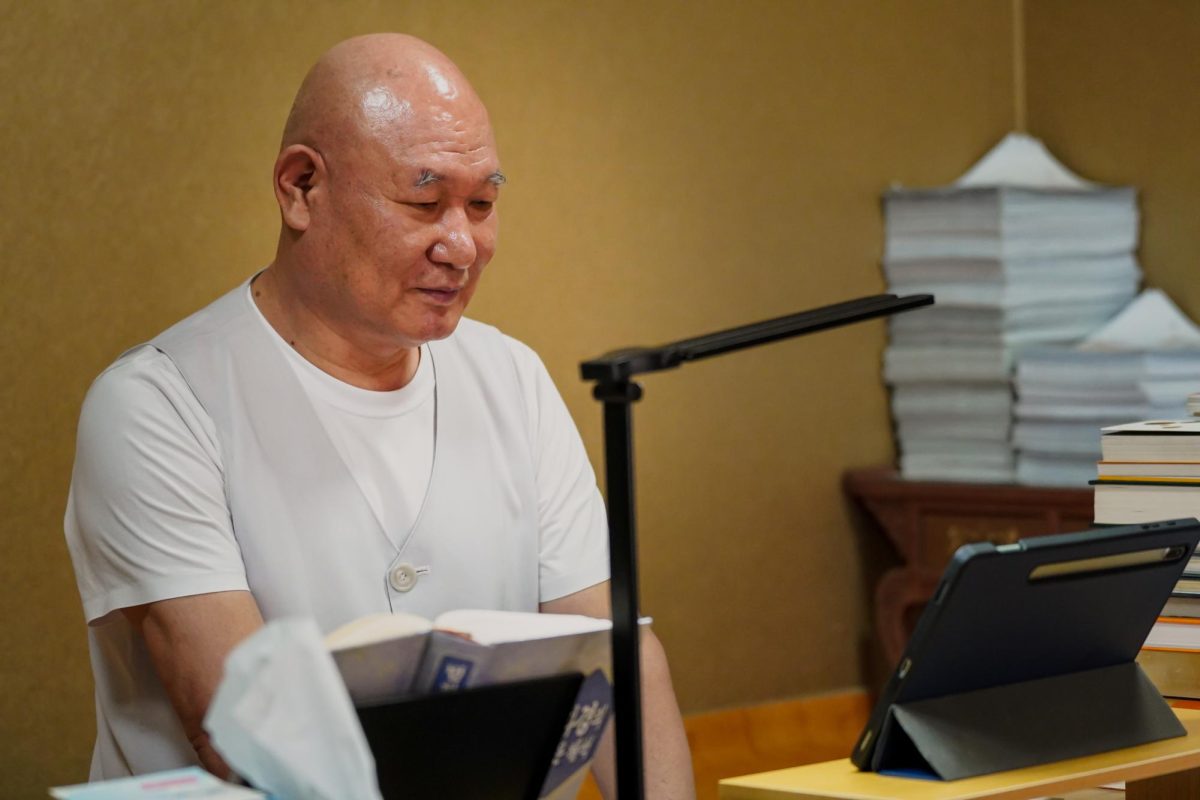
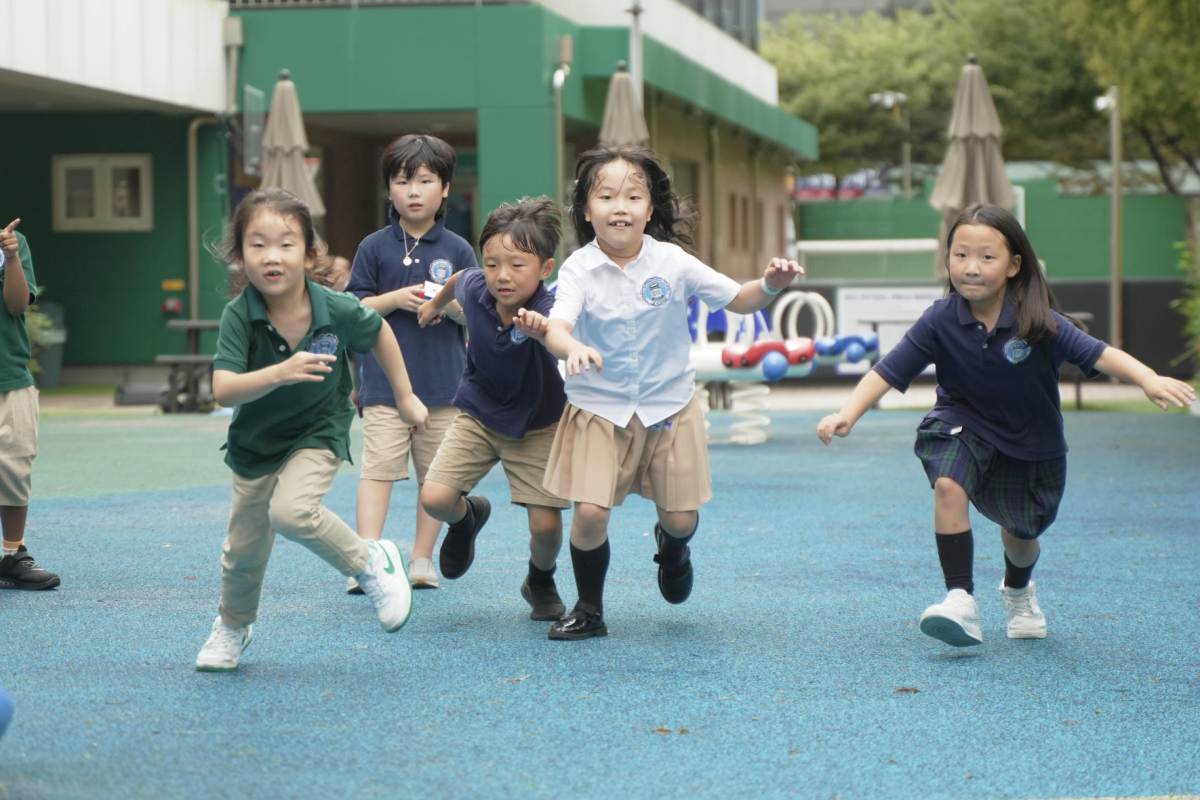
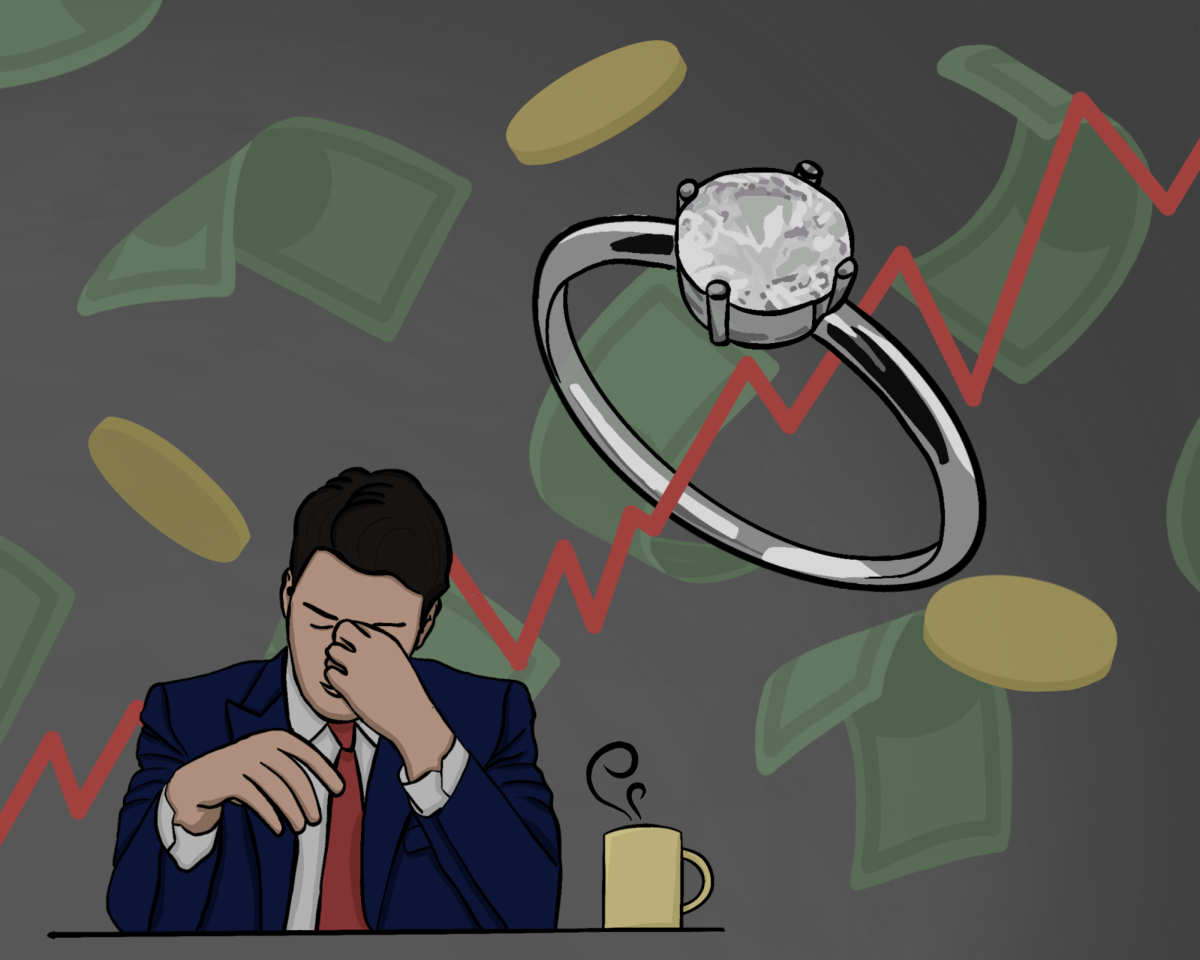

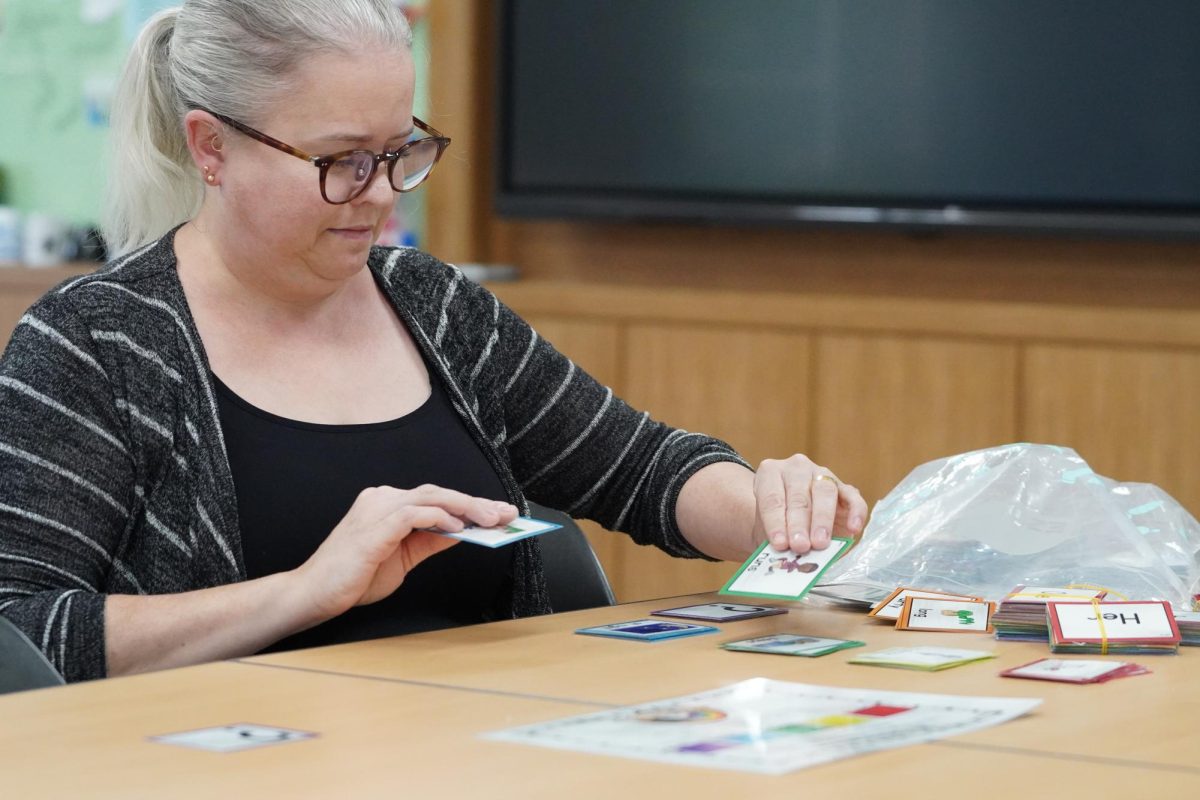
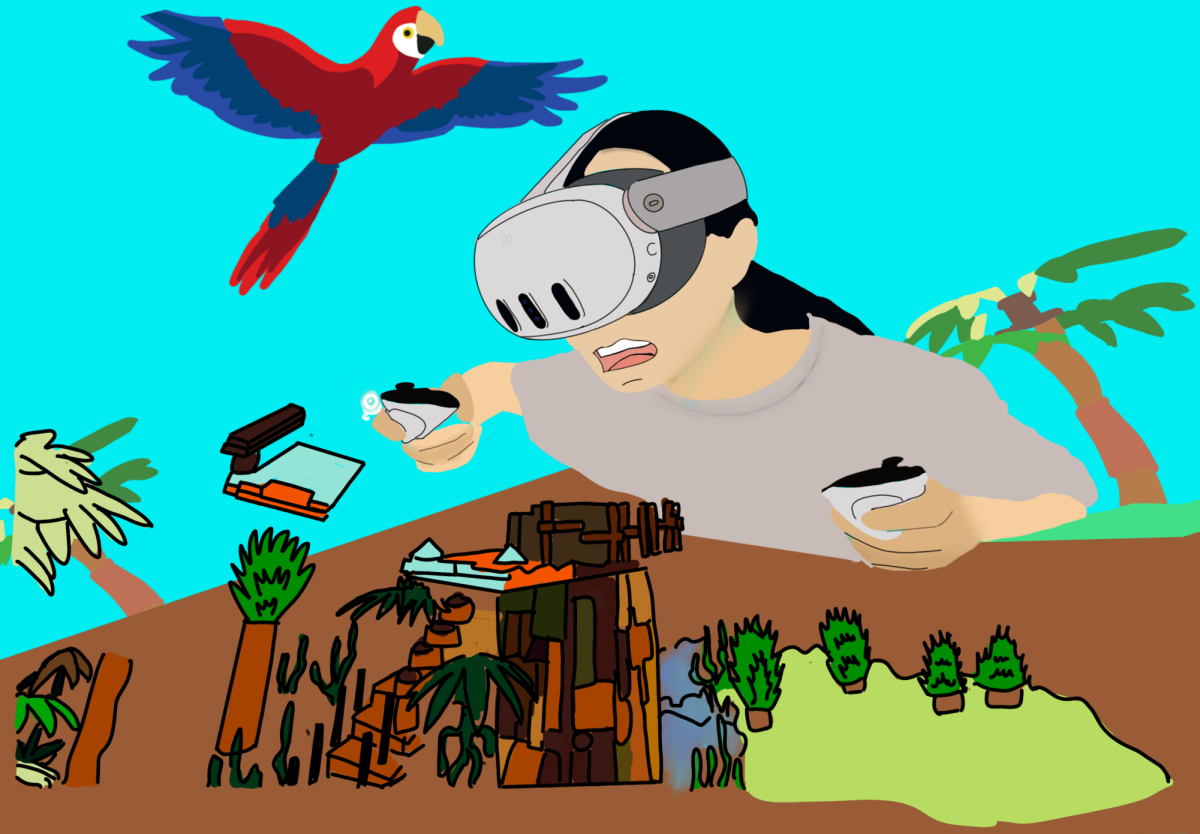

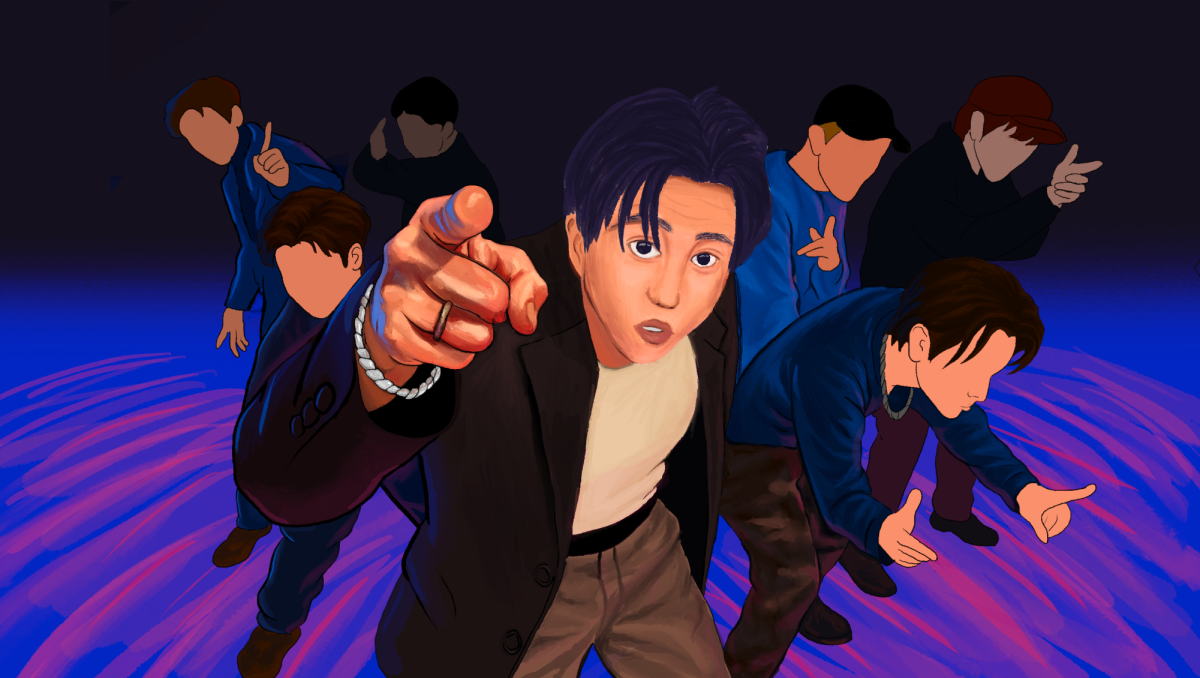
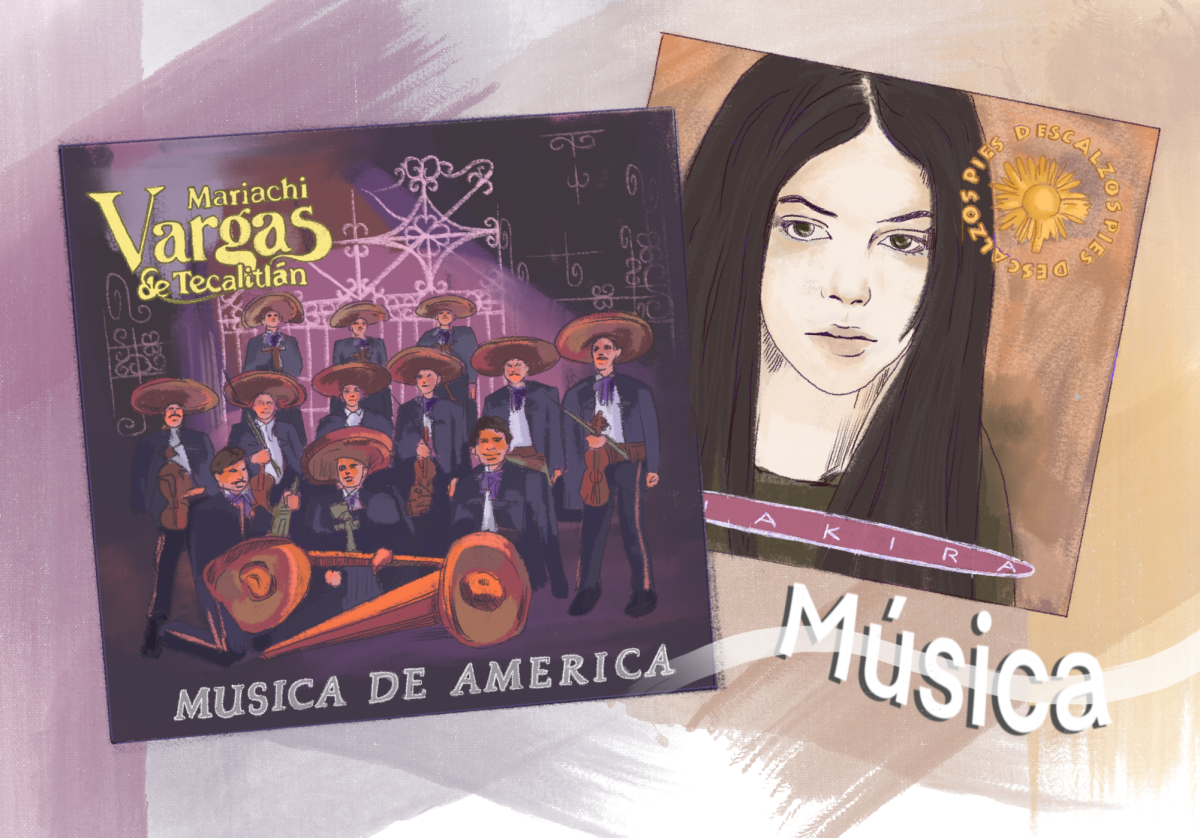

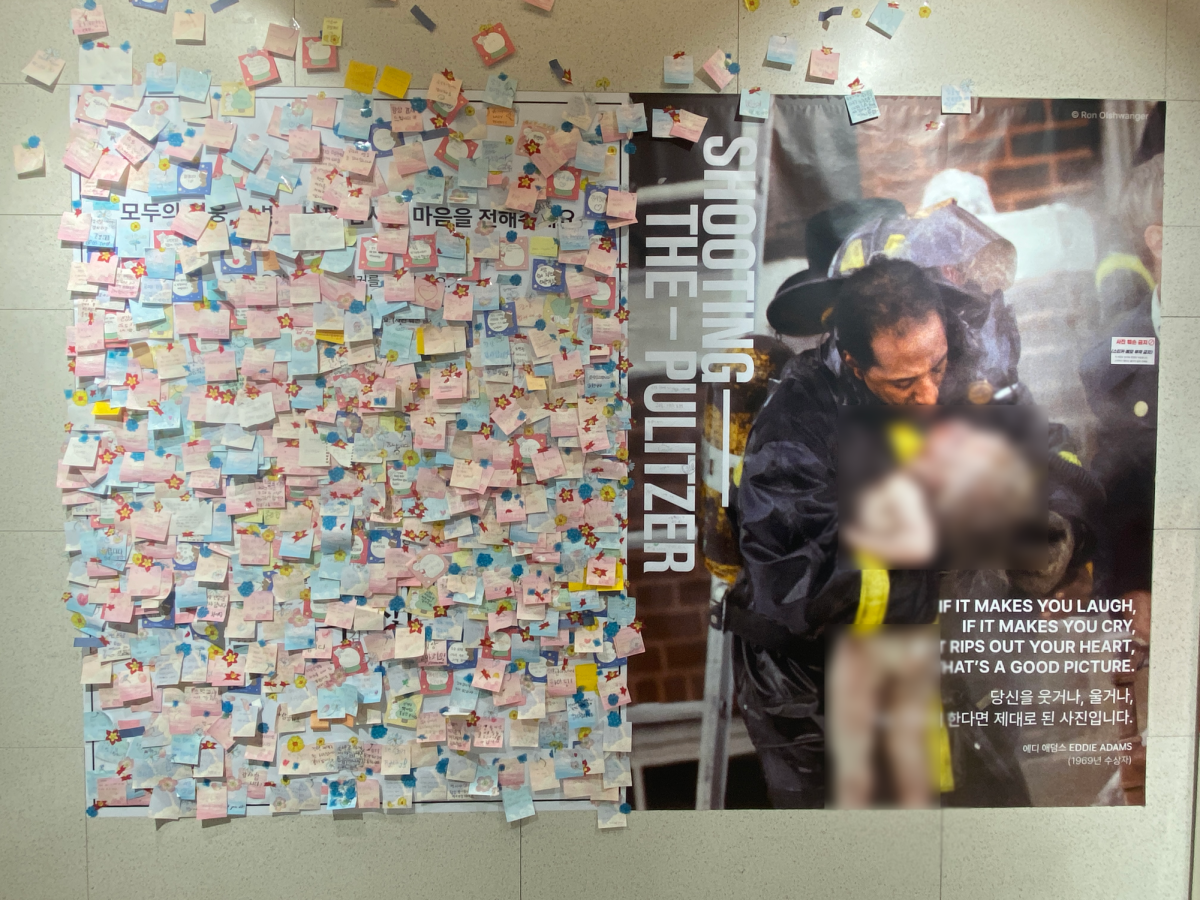
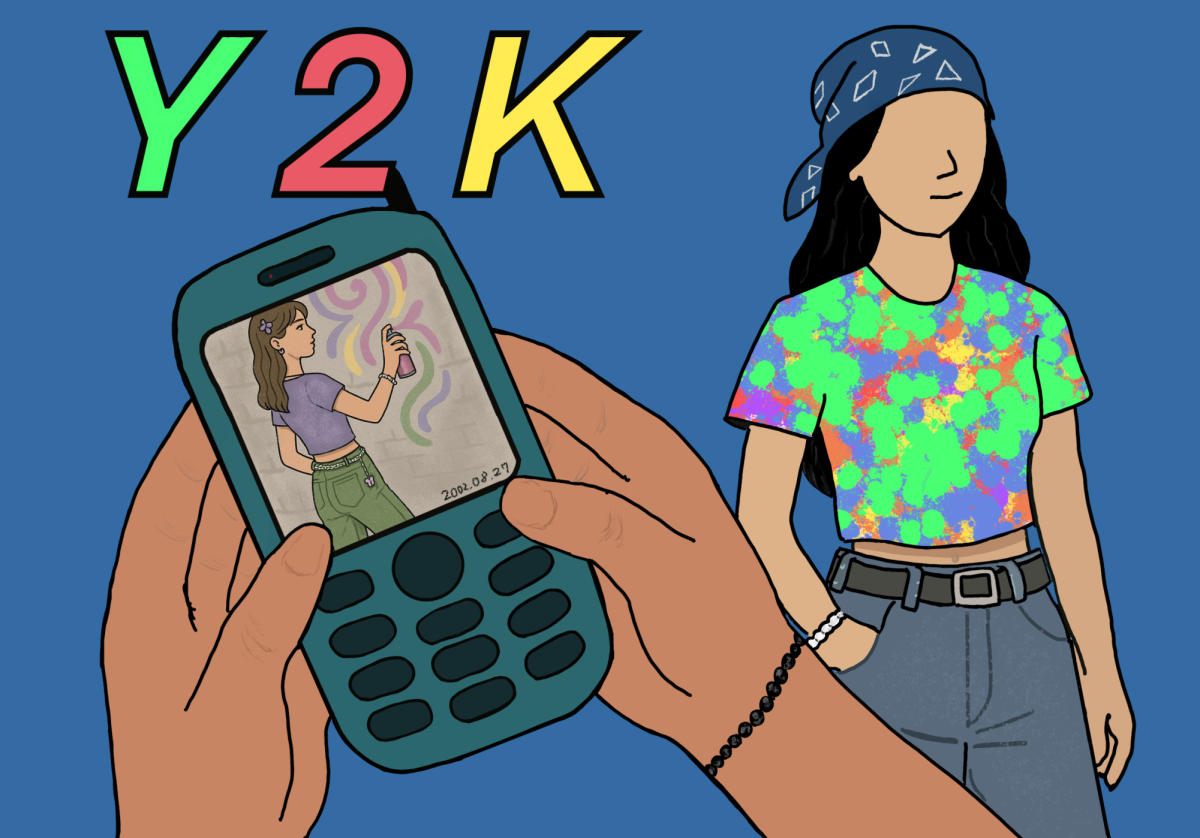
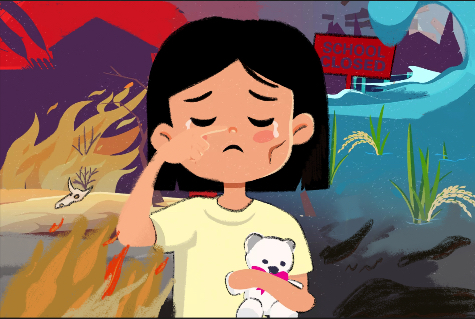

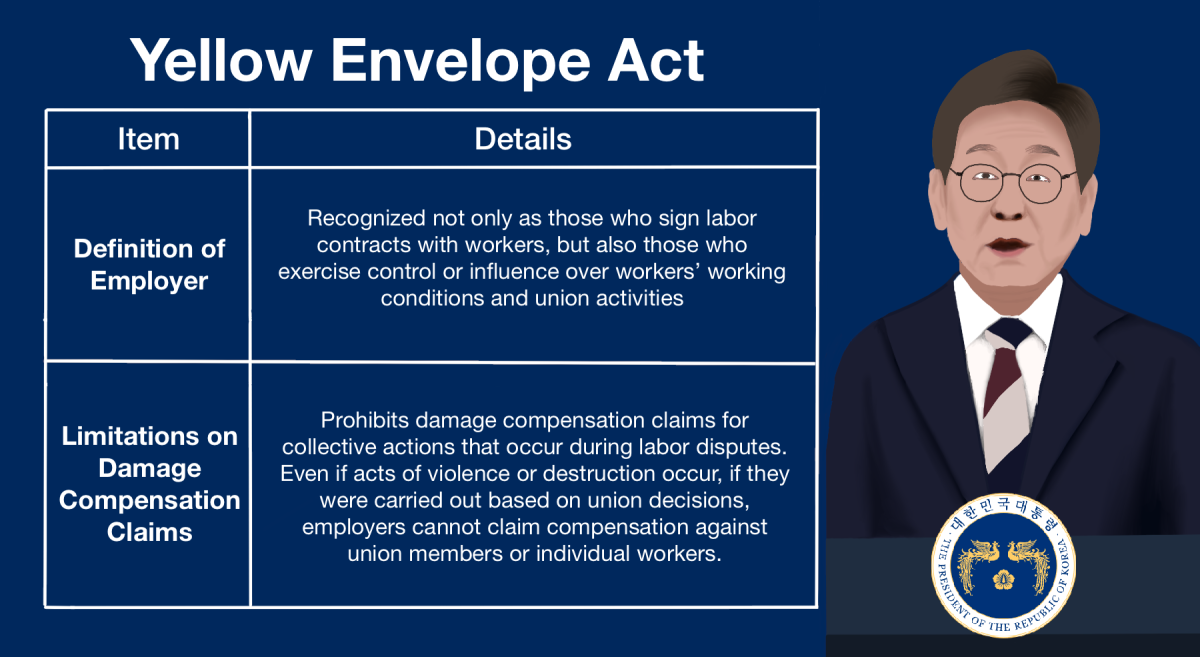


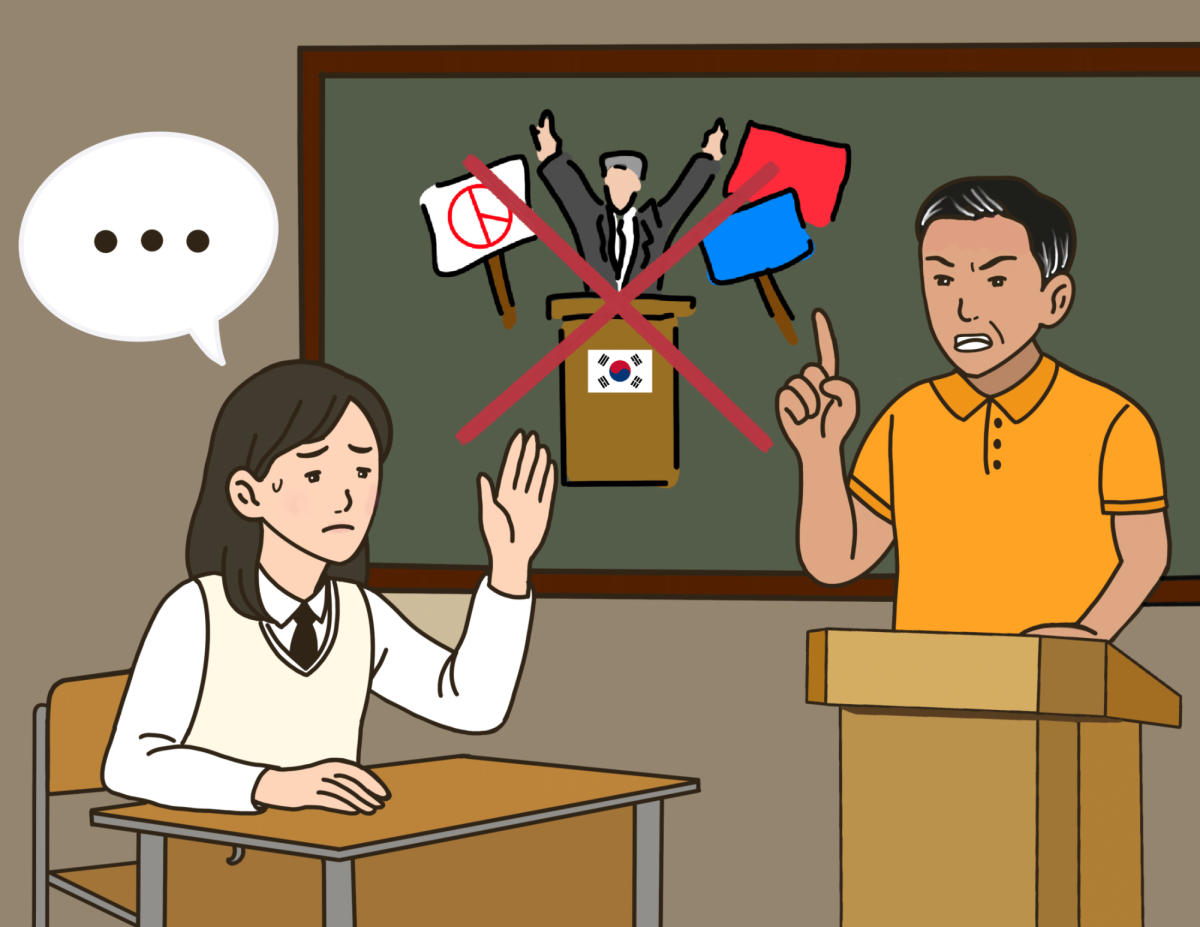
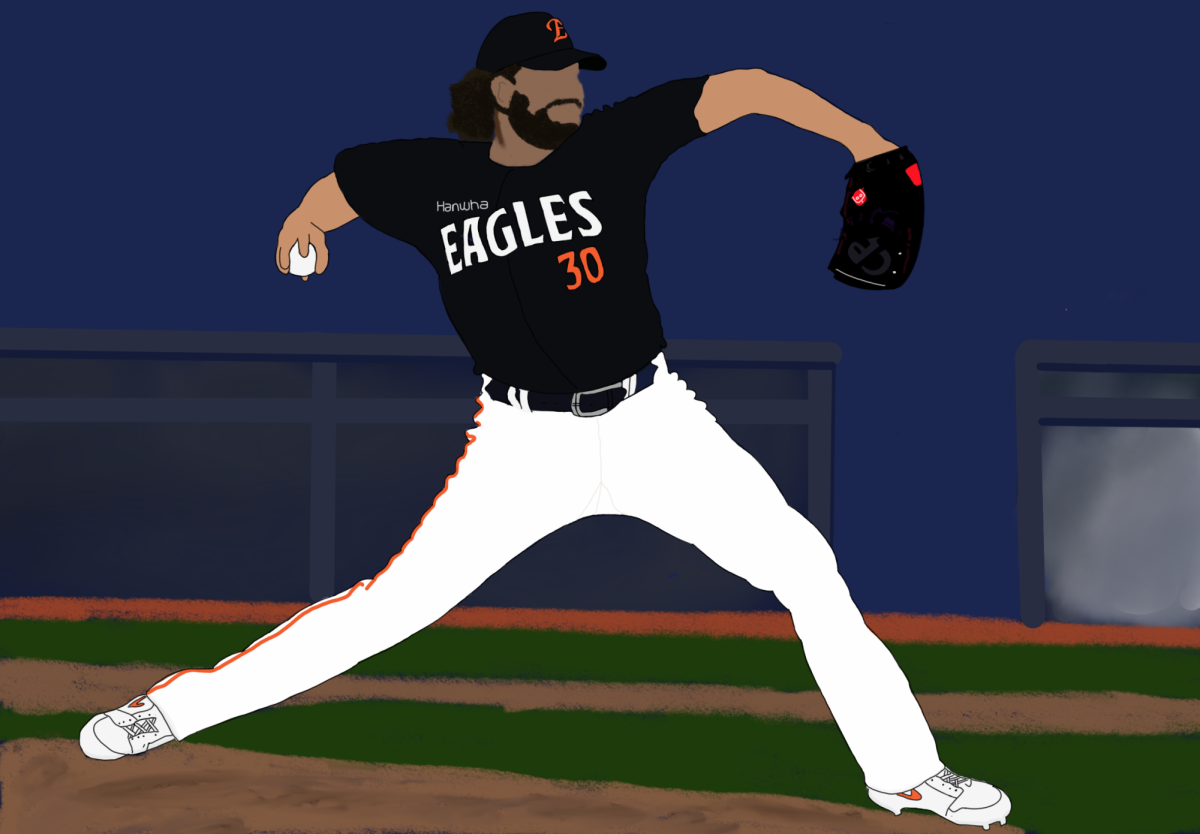


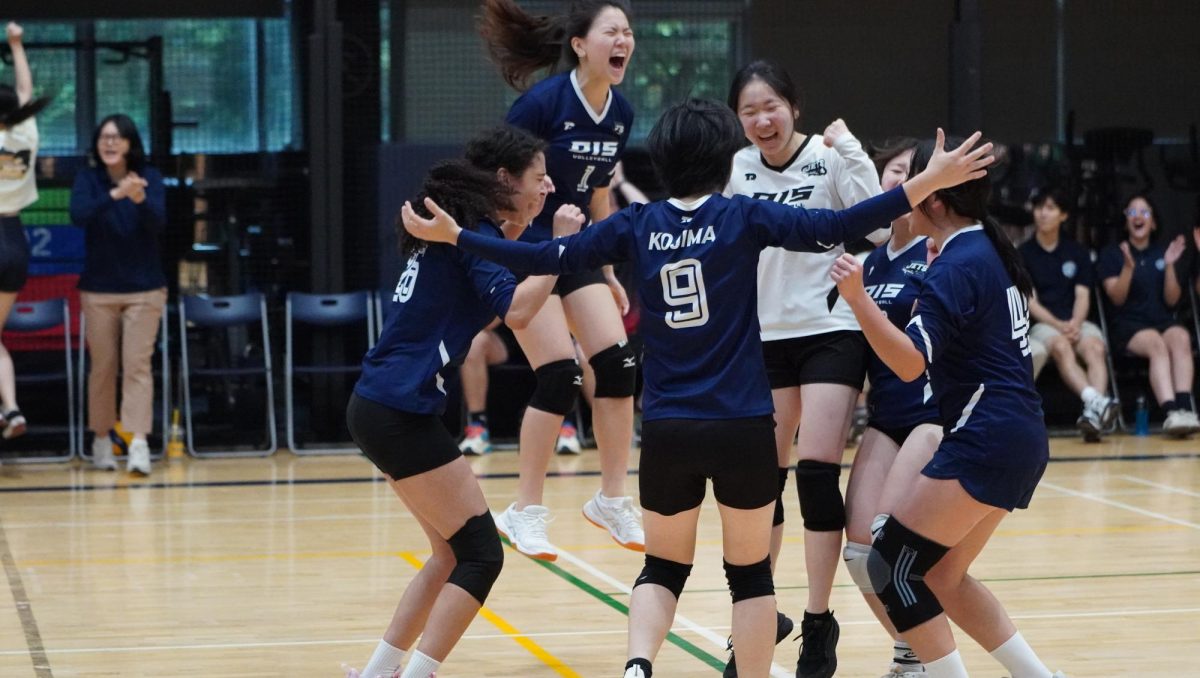
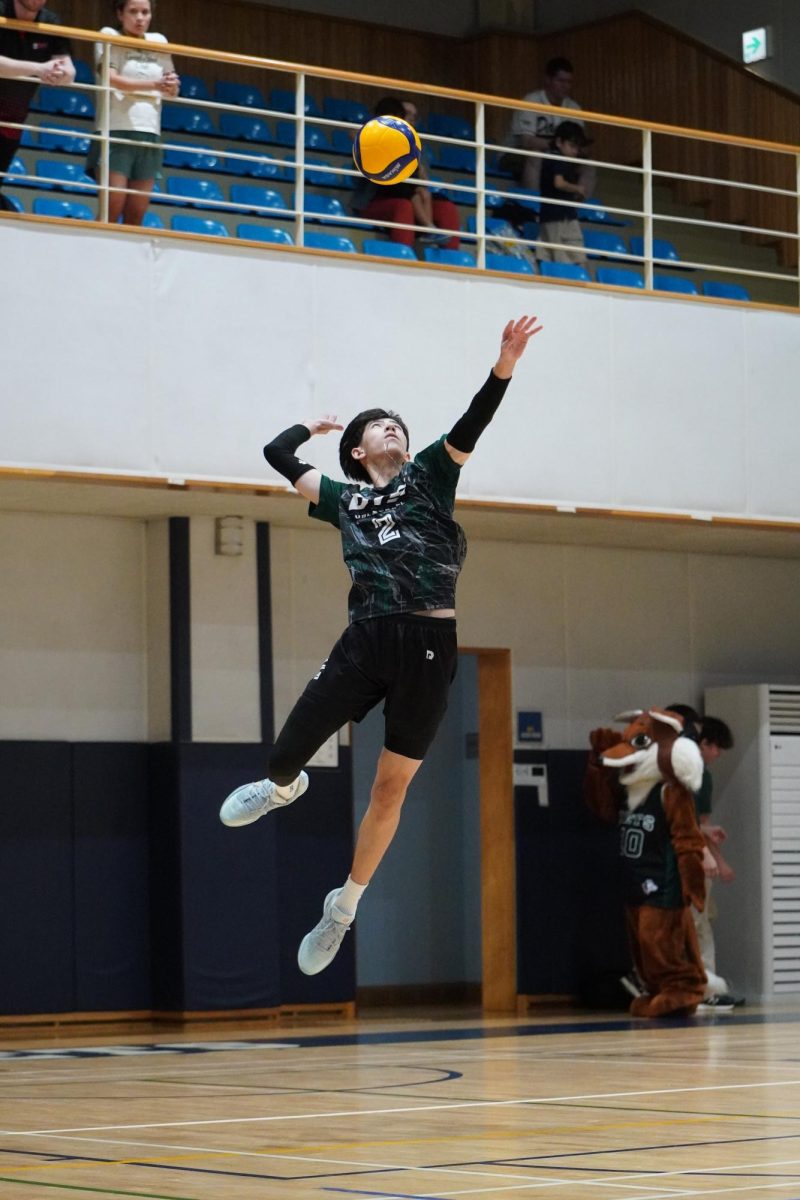
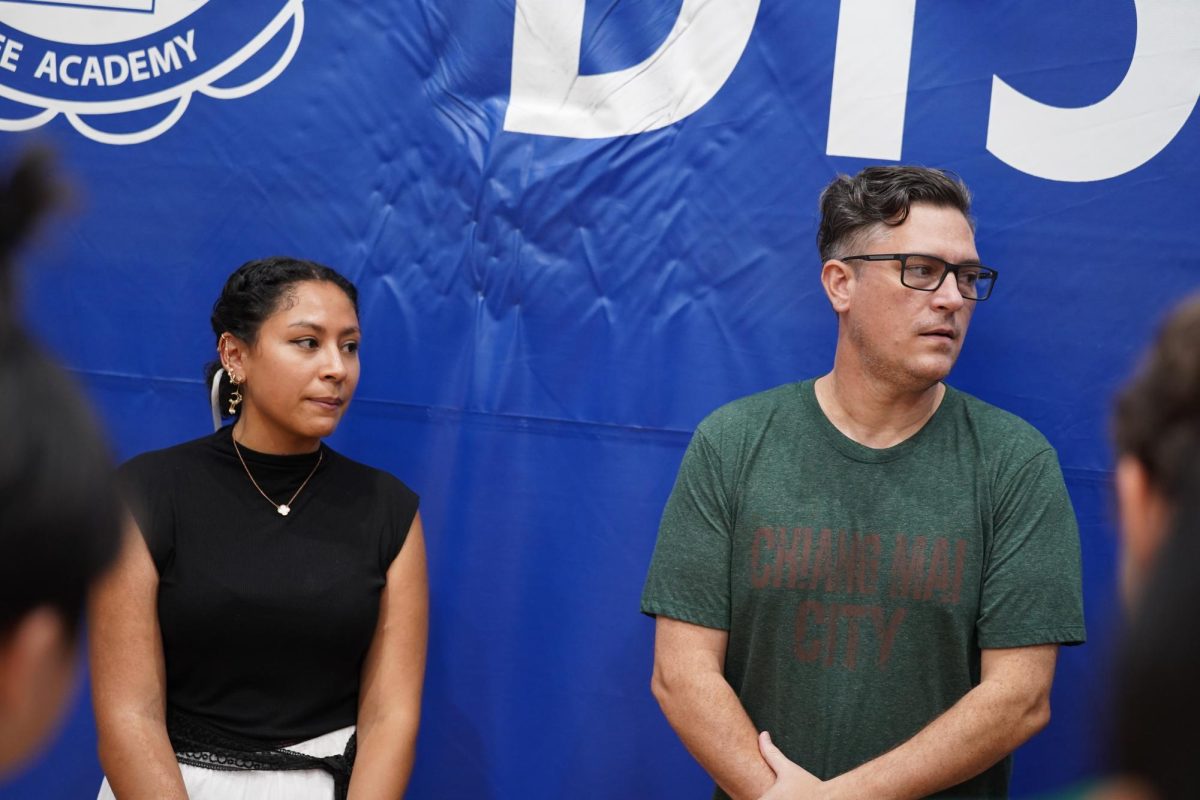



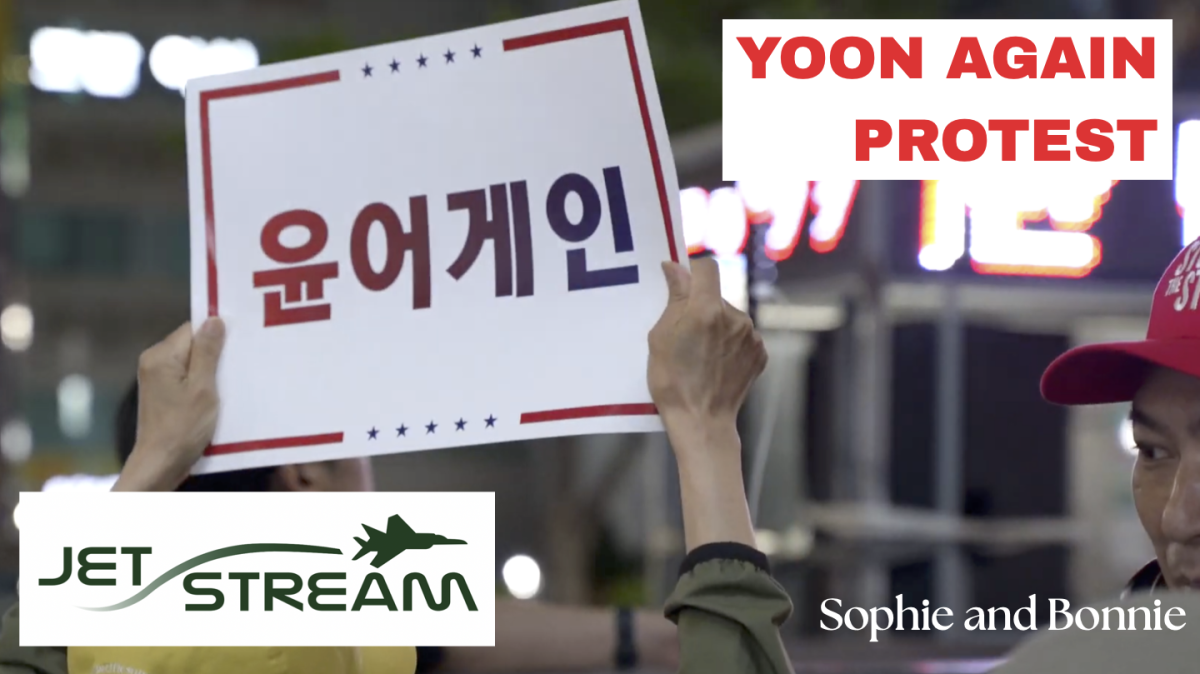
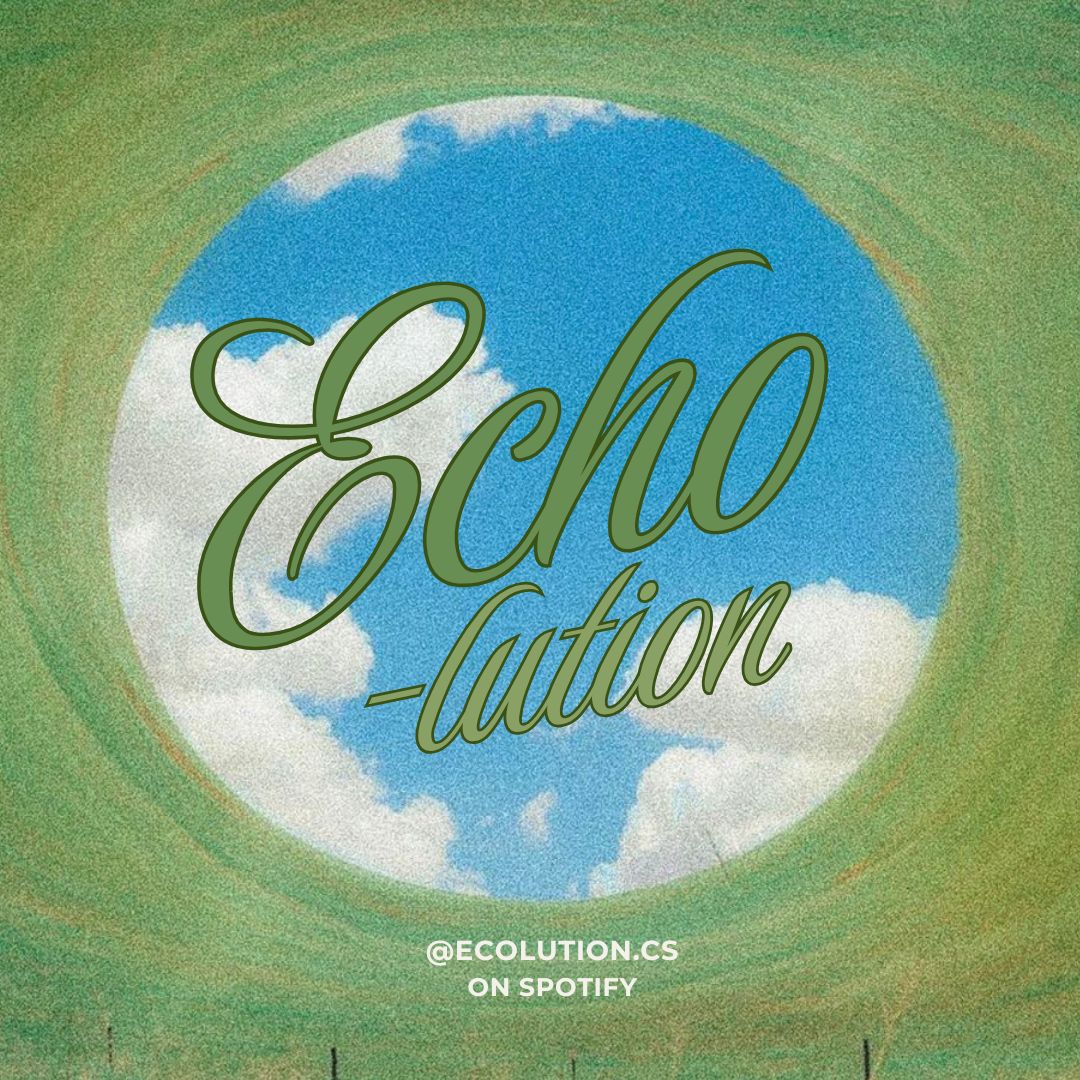


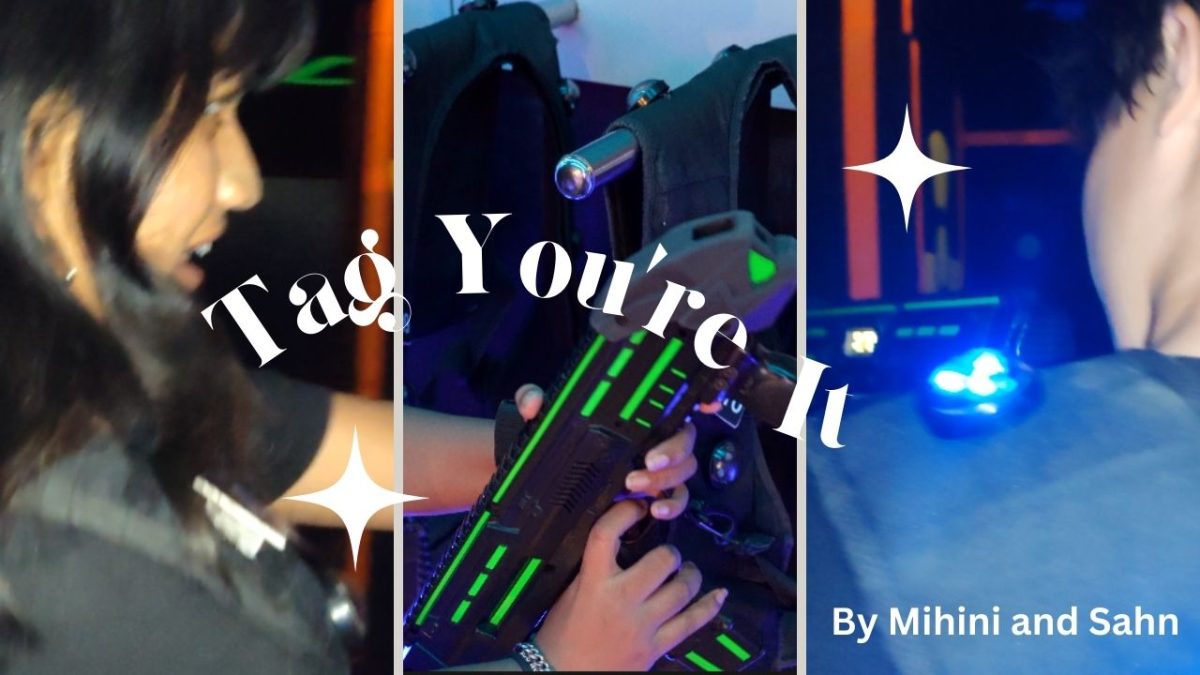
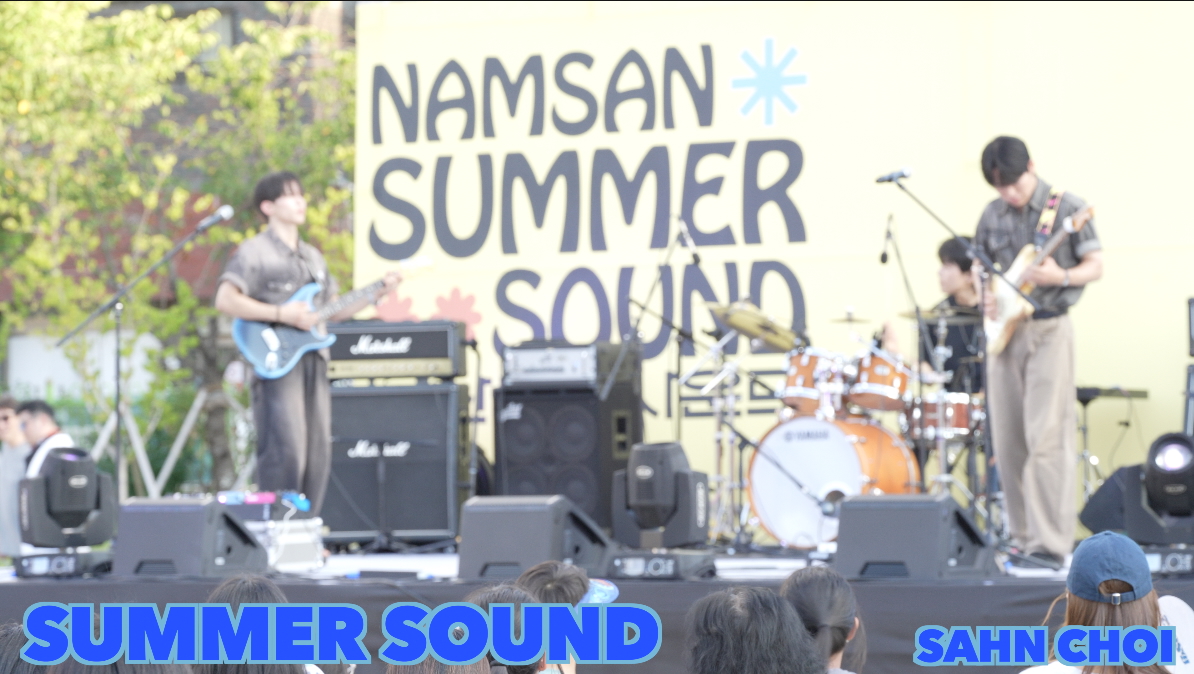
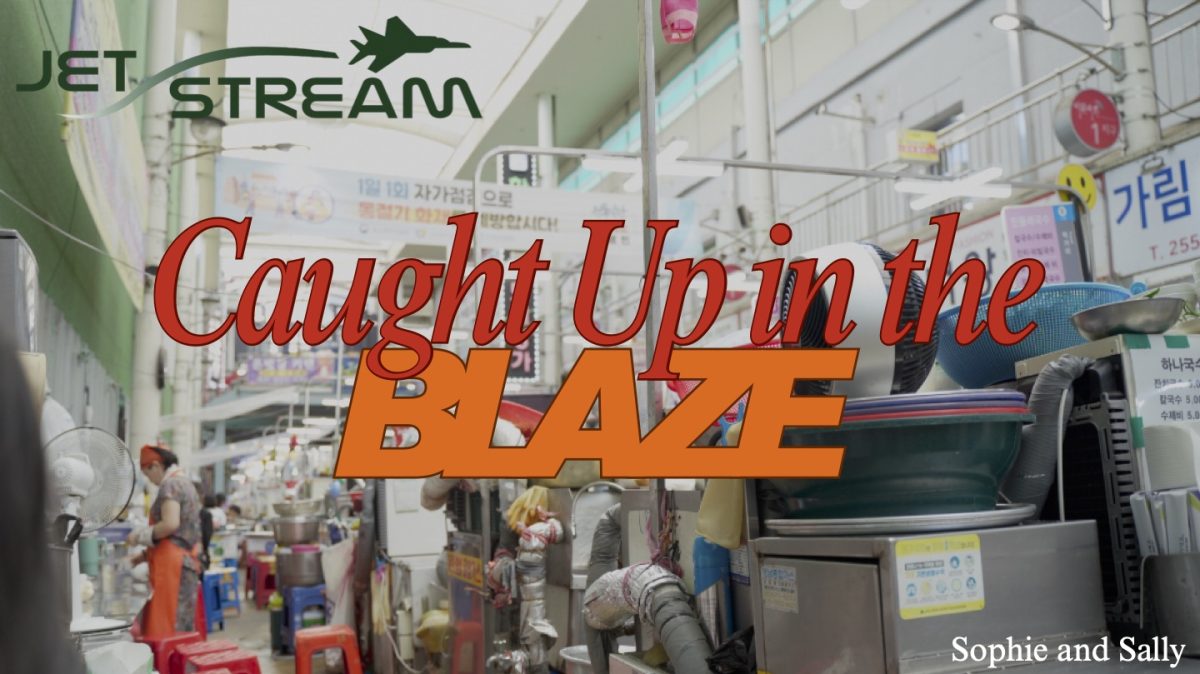



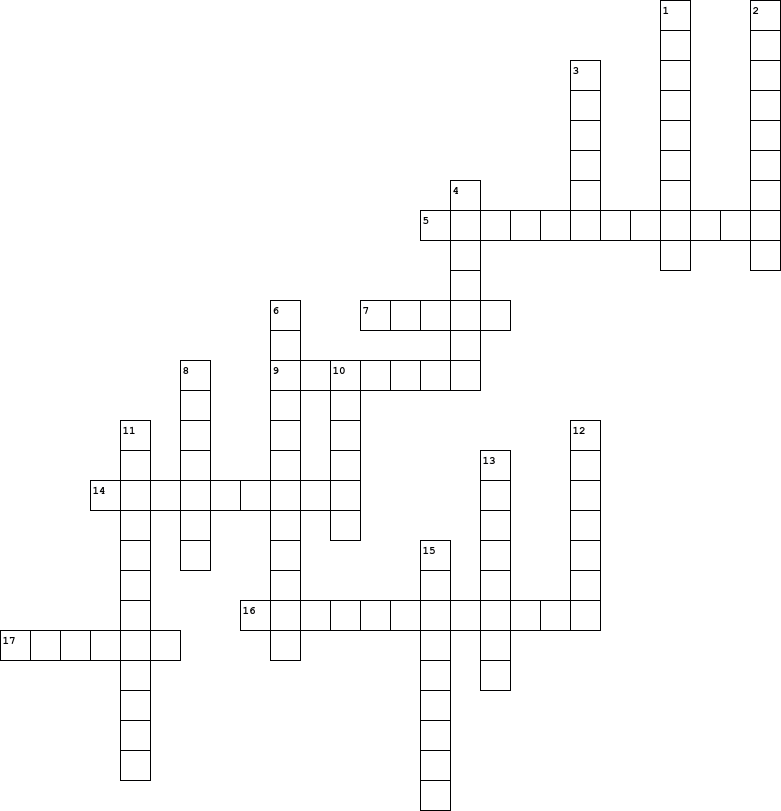
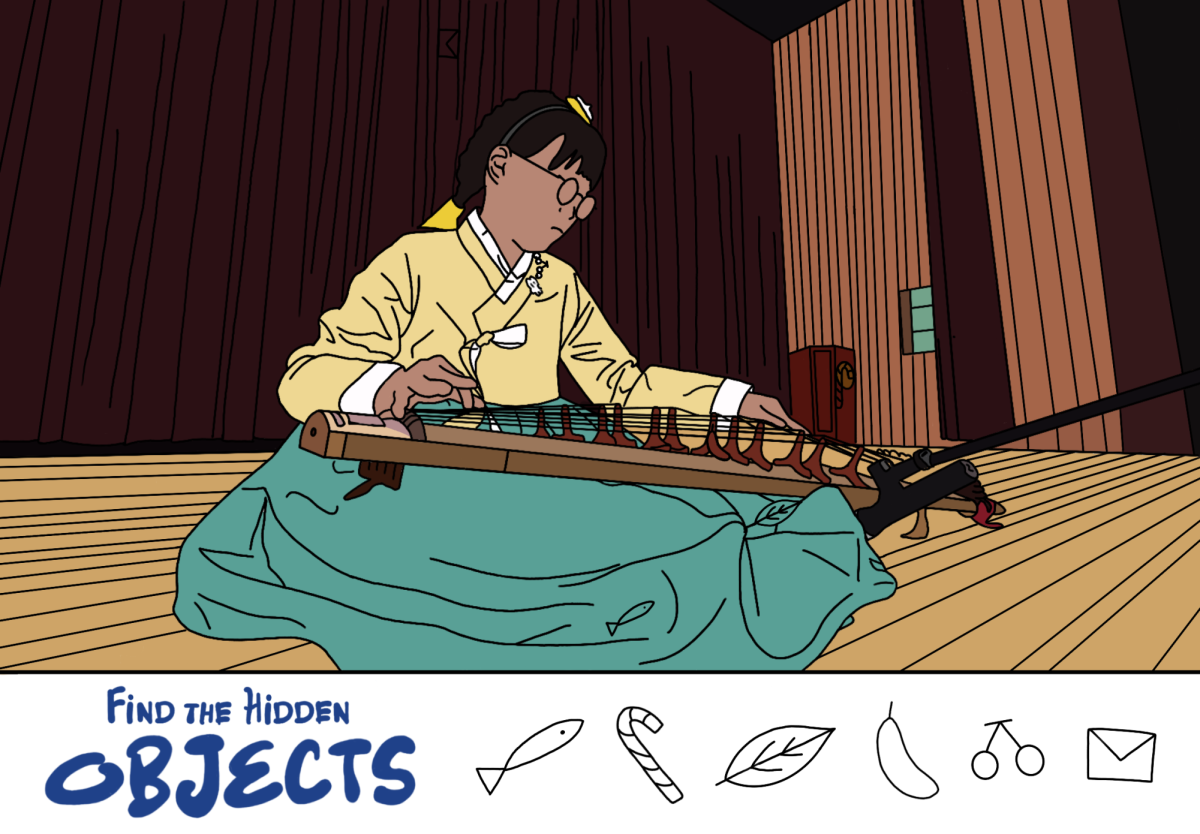
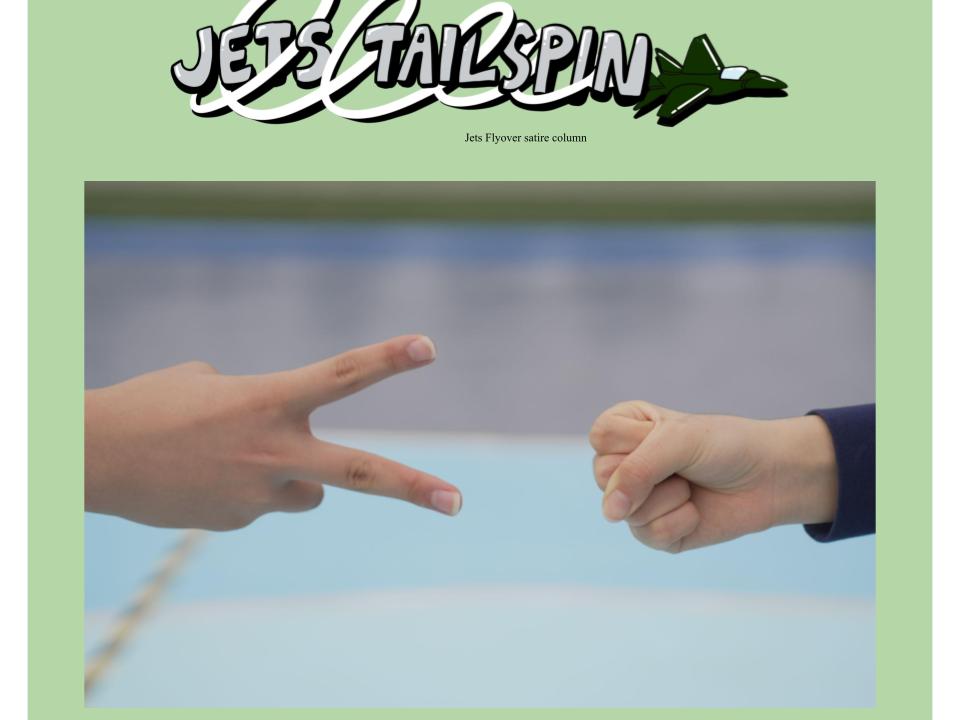
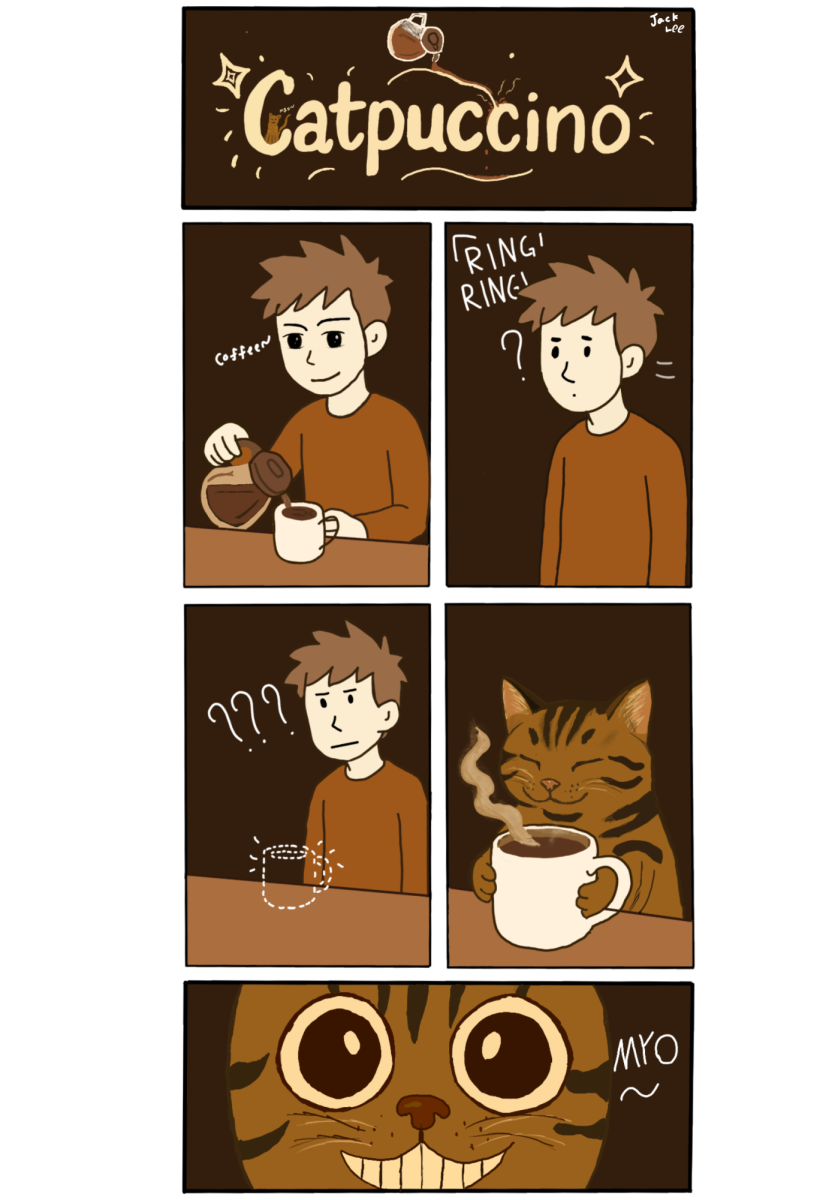

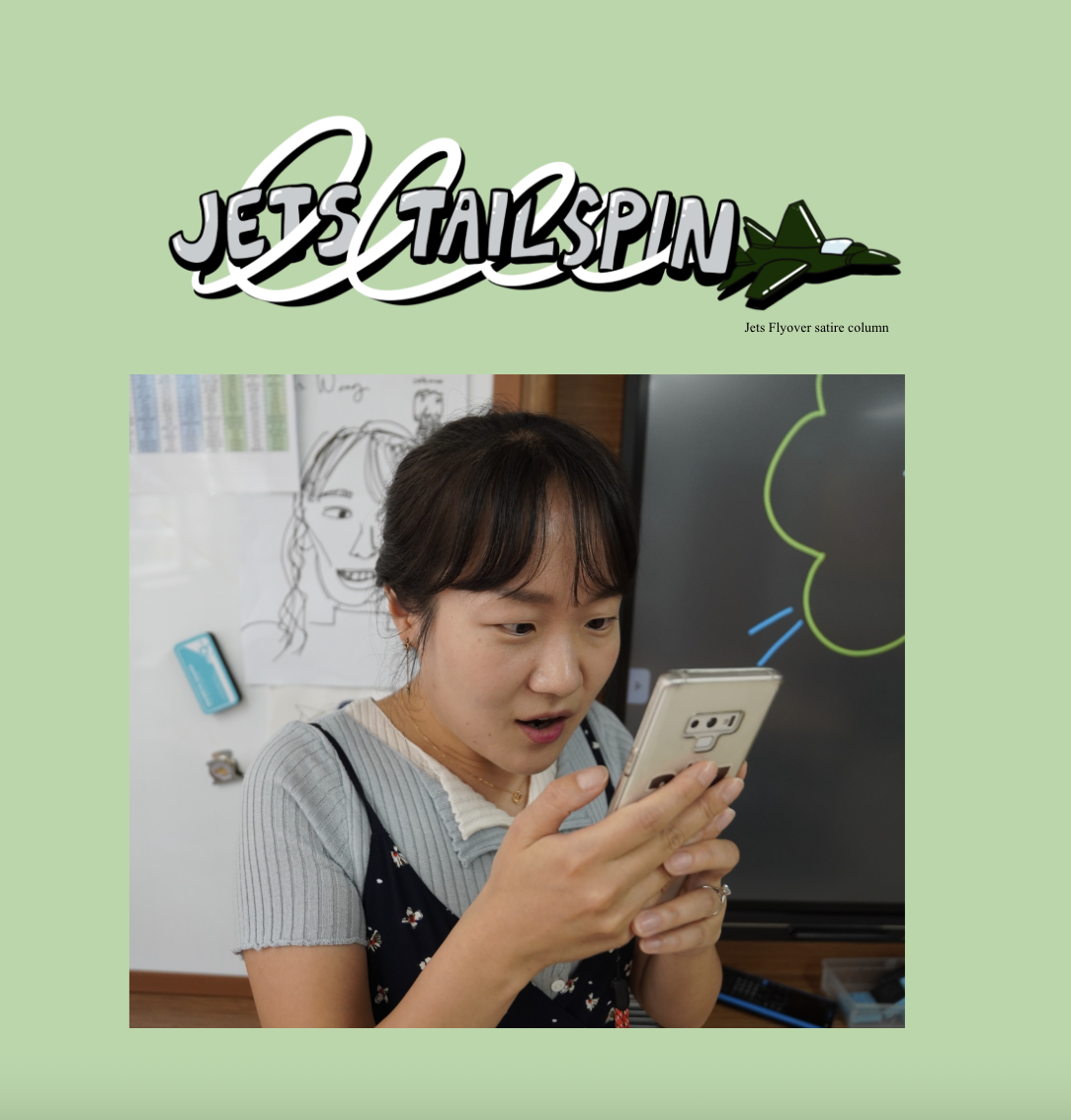

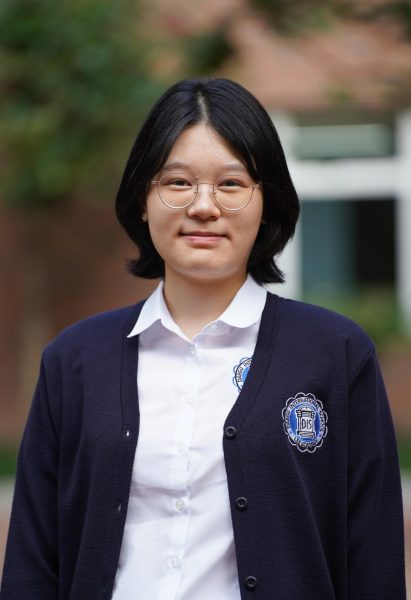

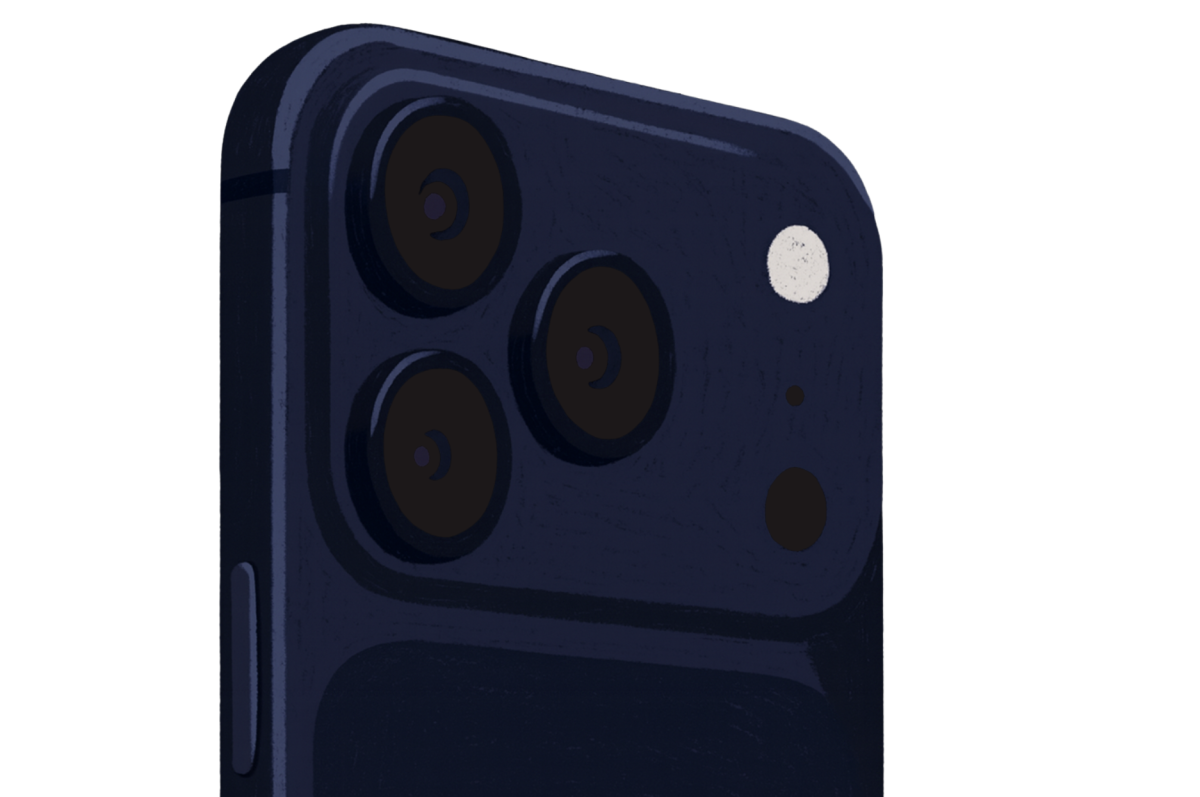
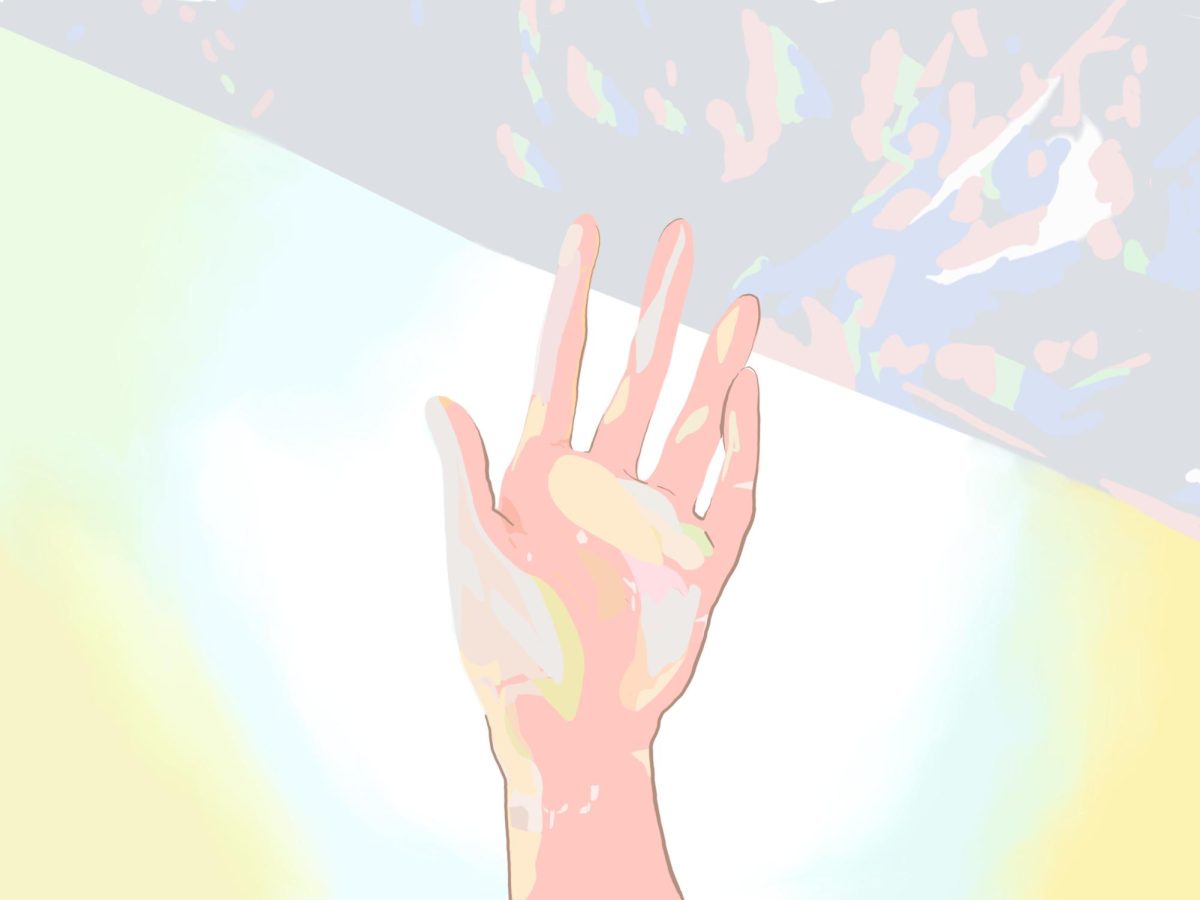
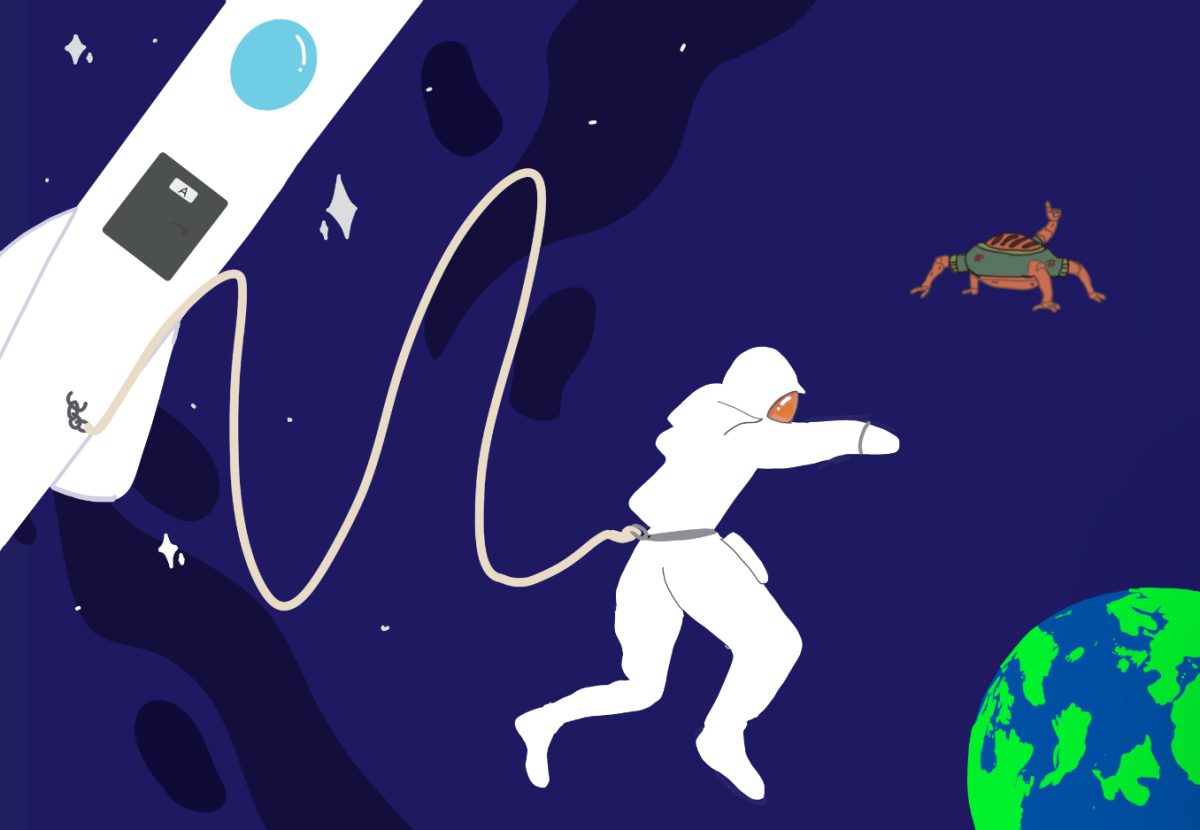


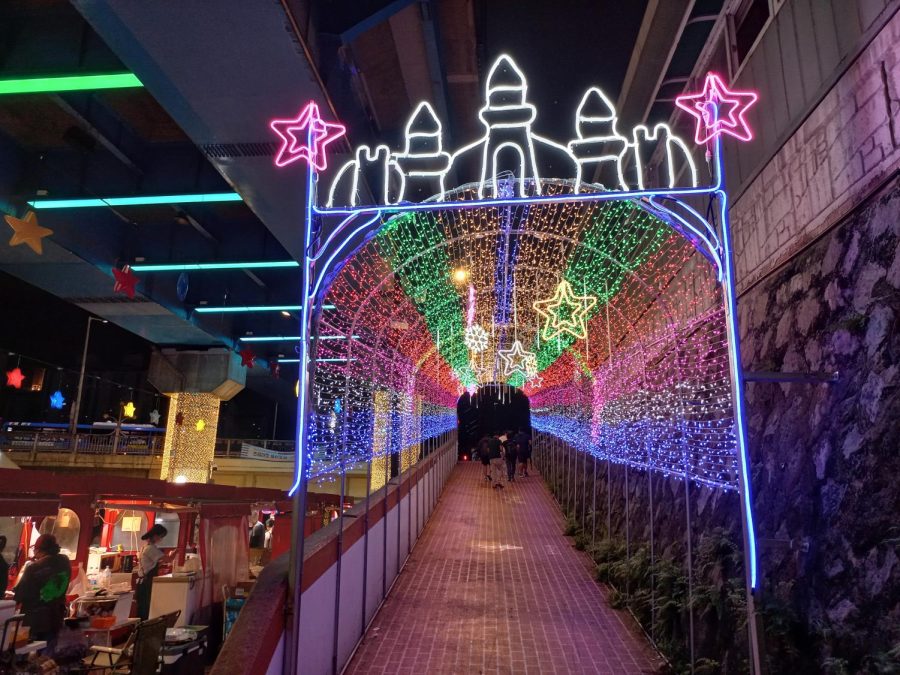

Sola • Nov 13, 2024 at 12:51 pm
Sophiaaaaaaaaaaa!!! Great articleeeee!!!!!! 😀
Is the film better than the manga? Idk which one to check out firstS
Sophia • Nov 17, 2024 at 6:29 pm
Read the manga! Then watch the movie!! so do both!!!